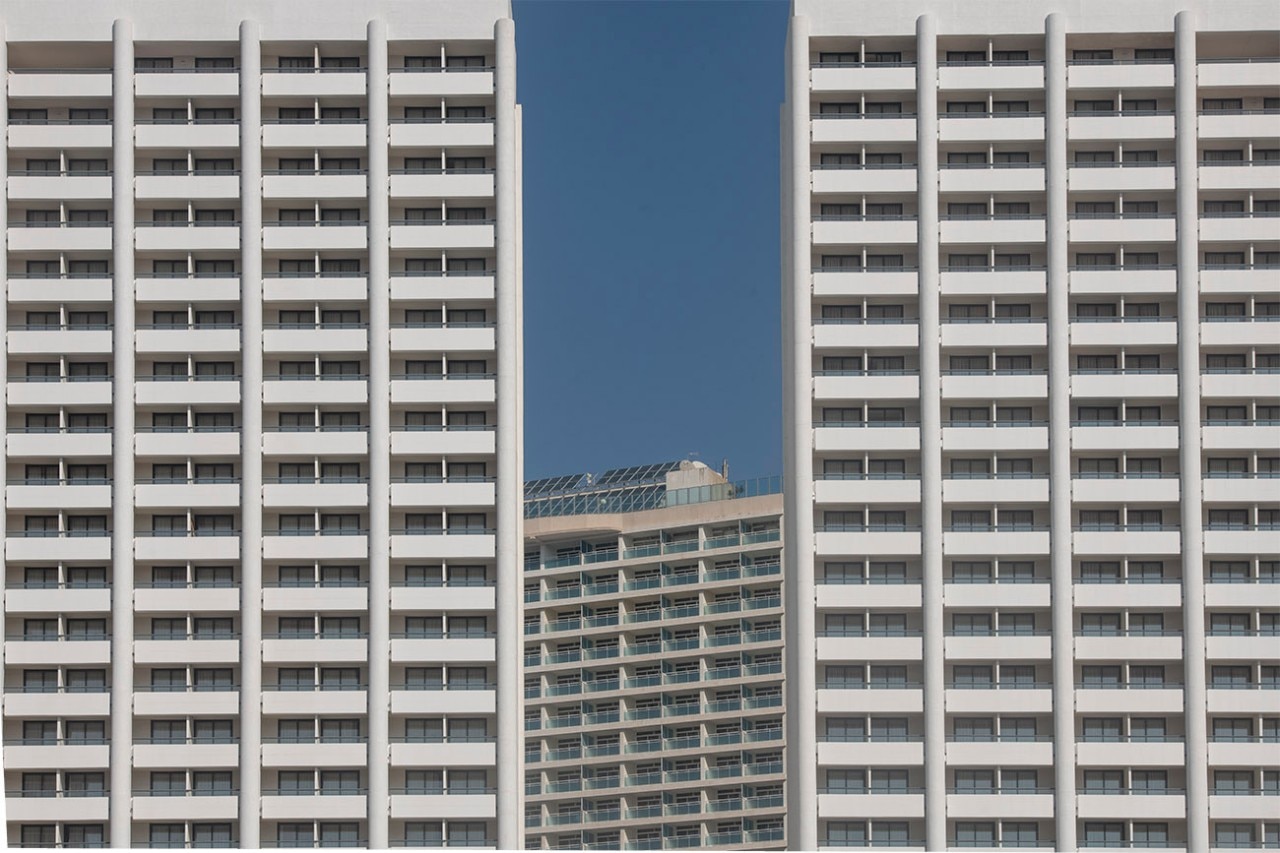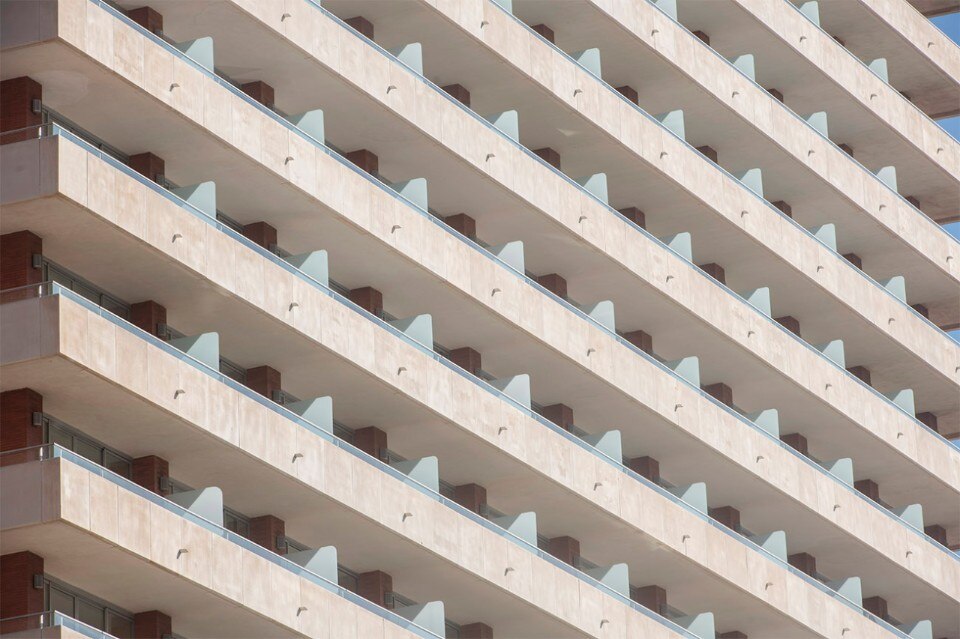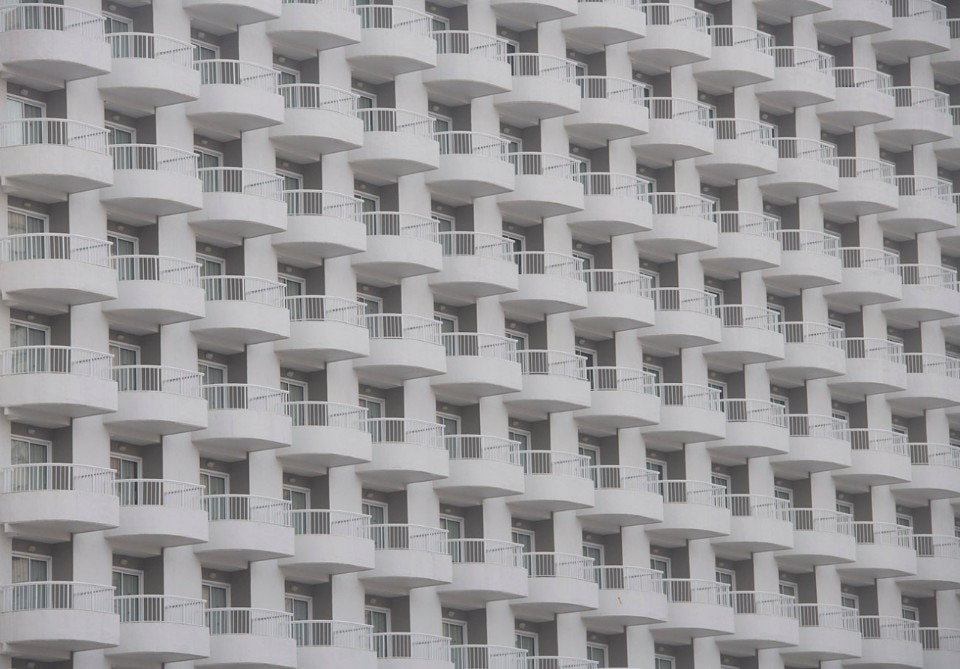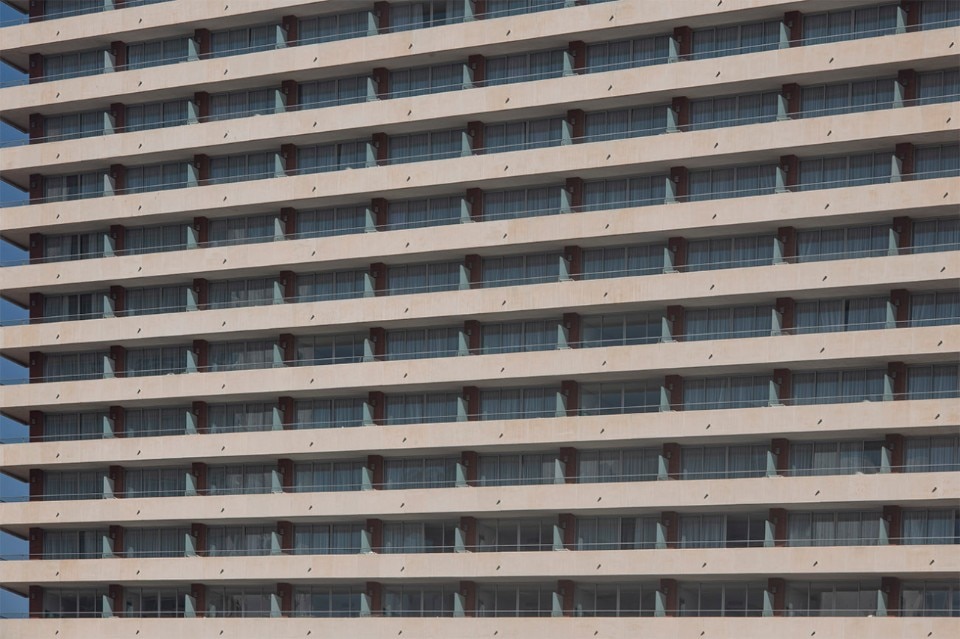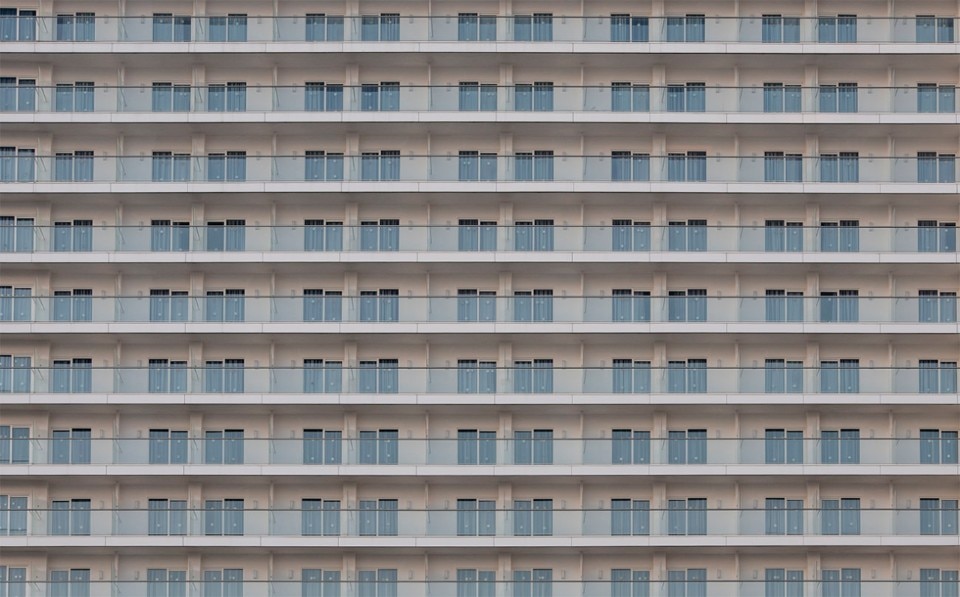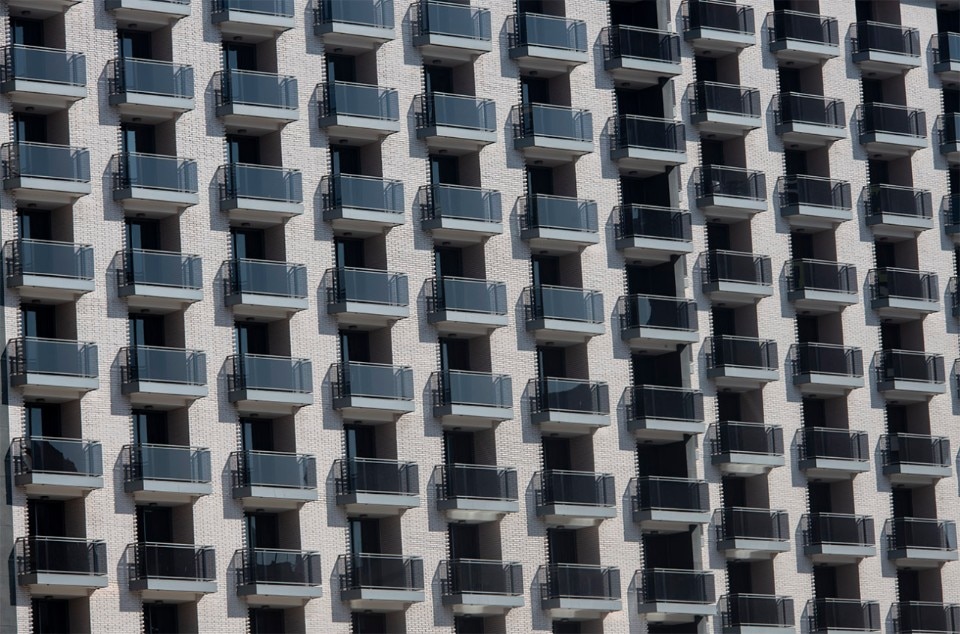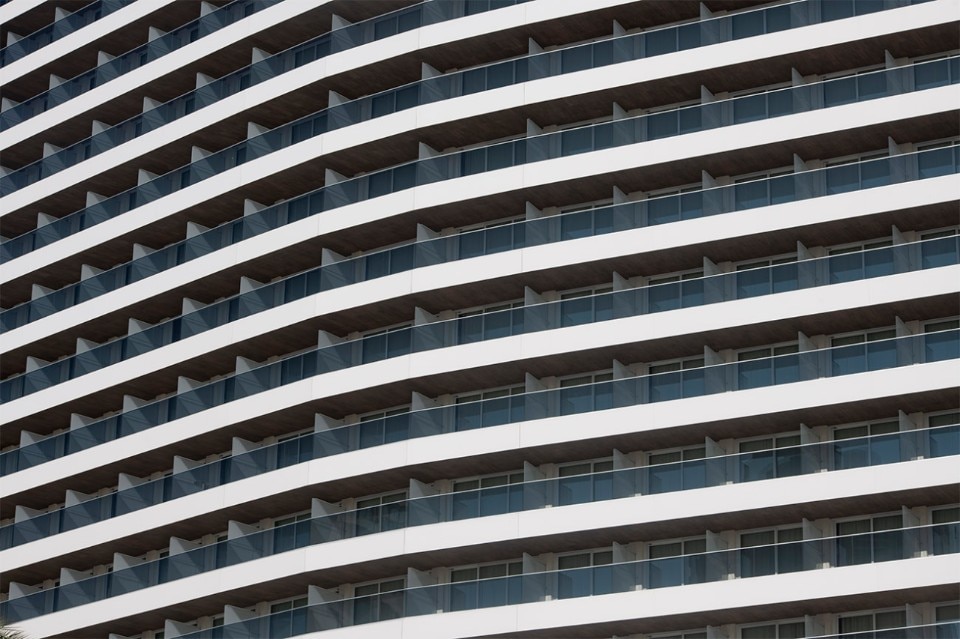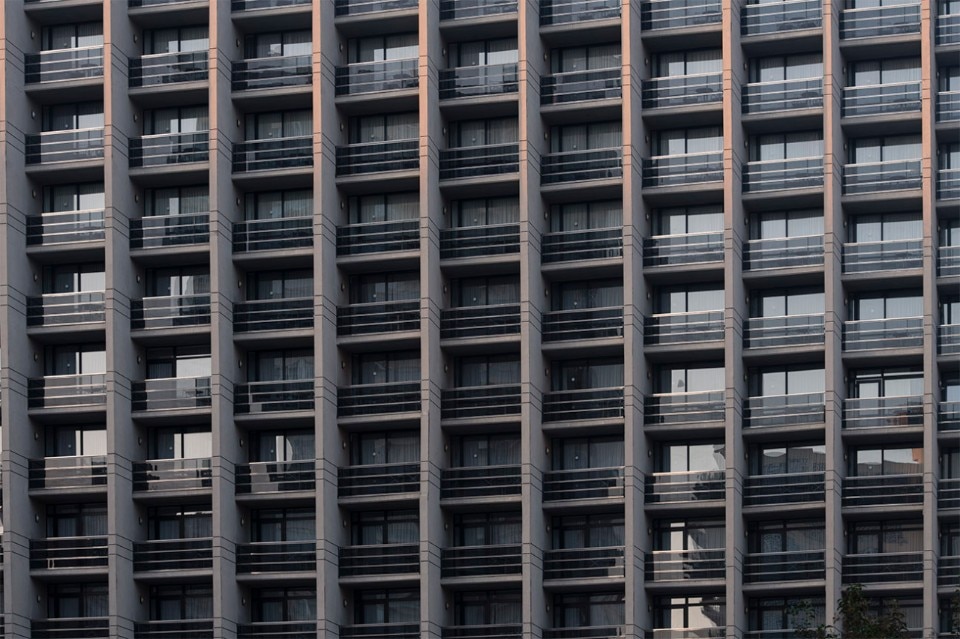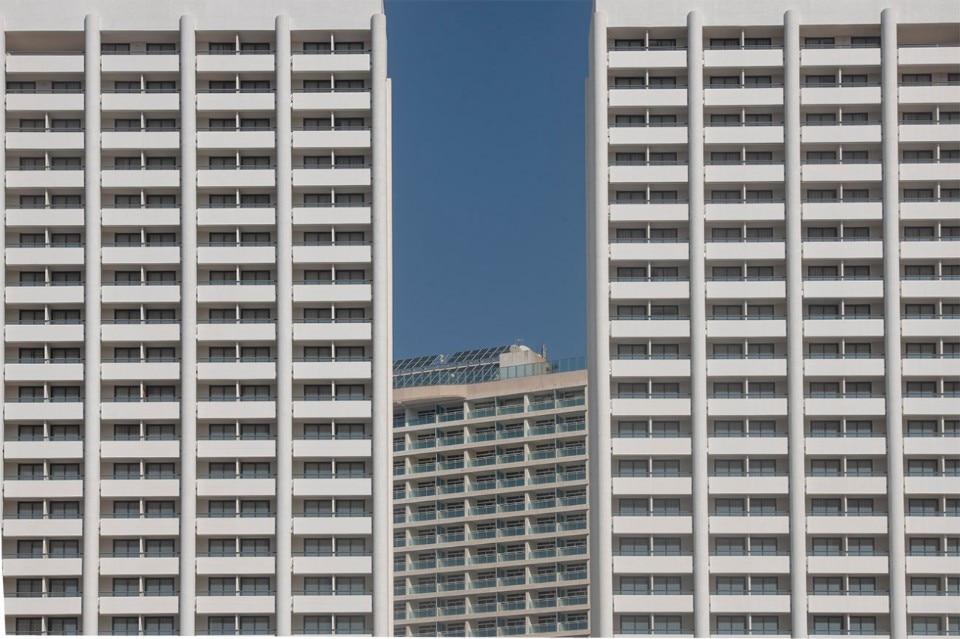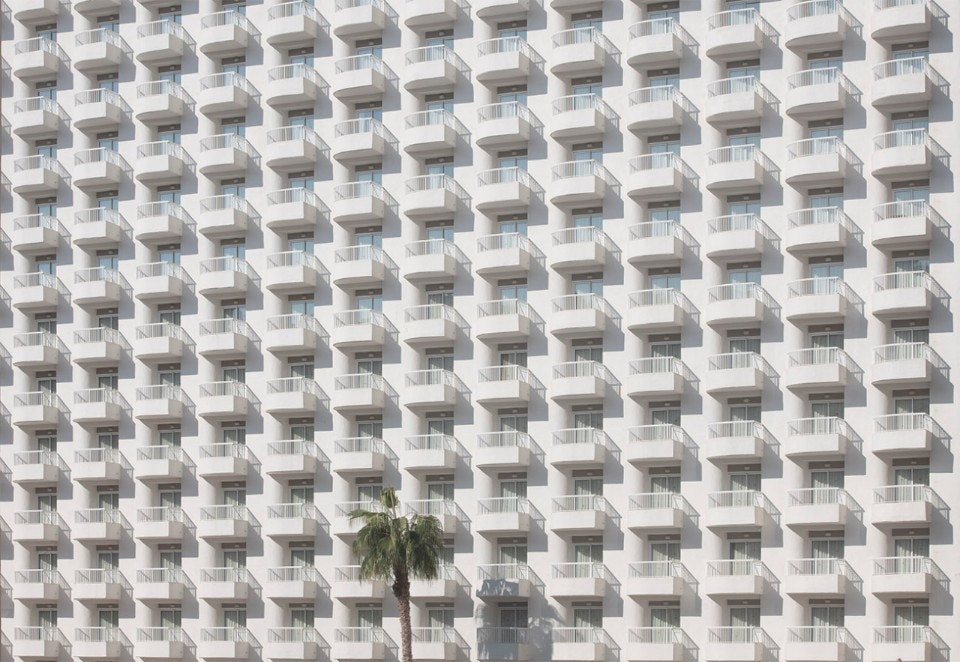The second wave of the Coronavirus seems to be under control by now. Still, with the approach of Christmas, the internal policies of the most affected countries of the world will have to provide more restrictive measures than many of us would like. To avoid the third wave in the spring, we must, in fact, stem the “Mid-August effect” that, thanks to the hope of having left the virus behind us, has conditioned our lives this fall, and from whose effects we are only now beginning to recover with difficulty.
The most affected sector will definitely be tourism, which aimed at the winter vacations to cover the severe losses accumulated this summer. And the places that will suffer the most are those that bet 100% of investment and expectations on tourism. Among them is no exception Benidorm, one of the main vacation destinations in Spain. Nicknamed “the New York of the Mediterranean, Benidorm is the city with the most skyscrapers per inhabitant in the world (yes, surpassing New York itself, which is ahead by one place, though, if you take the square meter as a reference), and the third in Spain, after Madrid and Barcelona, for many hotel rooms. It goes without saying that many of its skyscrapers host hotels and that, in the absence of tourists, these enormous and otherwise anonymous buildings become some of the most surreal — or metaphysical, one might say — elements of the earth’s landscape.
Photographer Manuel Álvarez-Diestro, who is a regular in the desolate and in their own way disturbing places, noticed this. Whether it is the Iranian new towns, the Chinese megalopolis or the new capitals in the Egyptian desert, Álvarez-Diestro seems to have always had an eye for those areas of the planet where human ambition marries a modern obsession with concrete, and where taste and authorship are swallowed up by consumerism and the consequent consumption of land.
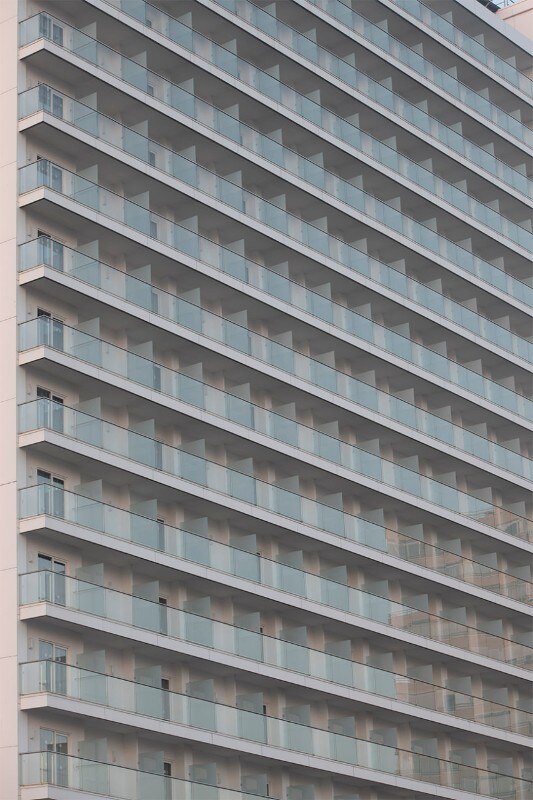
As in the best architectural photography, which is not the one that recreates a perfectly orthogonal ideal view or seeks the idealized vision of an Olympic designer, the facades of the empty hotels in Benidorm basically tells a story.
First of all, that of a city where there is no trace of the fervent activity that, despite the limits imposed by Covid–19, characterizes instead the metropolis with which it is compared. And then that of tourism that, in the less civil sense of the adjective, proves to be truly democratic. And, without needing to bother Wittgenstein, that doing it in the form does so essentially in a substance: facades all similar to each other, where the windows are repeated as numbers, but always the same, in a file or in a form; geometric shapes reduced to the bone, devoid of particularities or personality, anonymous as the guests of the rooms they hide. A matrix repeated endlessly, or at least as long as possible.
And if the facades of the hotels in Benidorm seem to implicitly say that, as long as we pay, for tourism, we really are all the same, Álvarez-Diestro’s photographs subtly say even more: that, regardless of the economic sector or social privilege affected, even the virus makes no distinction, that even the virus is democratic, that even for the virus we are all the same. Whether one chooses the blue pill of denial and indifference or the red pill of awareness and solidarity, its matrix is in front of everyone’s eyes.


